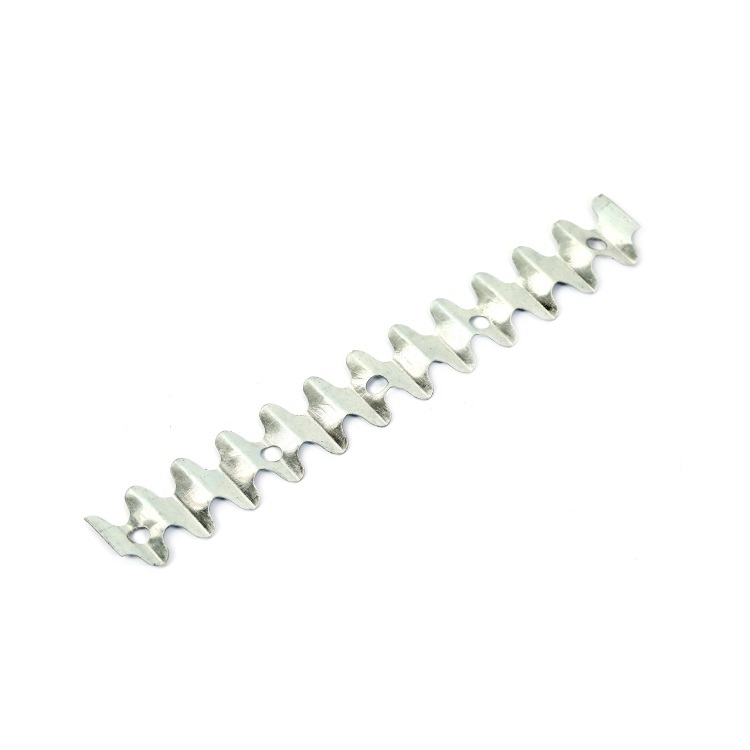Choosing the Right Rocks for Effective Gabion Construction and Design
Rocks for Gabion An Essential Guide
Gabions are a popular choice in landscaping and civil engineering for controlling erosion, constructing barriers, and enhancing aesthetic appeal. The term gabion itself comes from the Italian word gabbione, meaning large cage. These wire mesh cages are filled with rocks, stones, or other materials to create sturdy walls, fences, and other structures. However, the choice of rocks used in gabions is vital for ensuring their strength, durability, and functionality.
Selecting the Right Rocks
When selecting rocks for gabions, several factors come into play, including size, weight, and type of rock. The most commonly used materials are granite, limestone, basalt, and river rocks. Each of these offers unique characteristics suitable for various applications.
1. Granite This igneous rock is highly durable and resistant to weathering, making it an excellent choice for gabions exposed to harsh environmental conditions. Its natural strength helps in preventing erosion and supports heavy loads.
2. Limestone Often more readily available and easier to source, limestone is a sedimentary rock that can be an effective filler for gabions. It's essential to ensure that the limestone is dense and not too porous to maintain structural integrity.
3. Basalt Another strong contender, basalt is a volcanic rock known for its toughness and ability to withstand various temperatures. Its dark color also adds a modern aesthetic to gabion structures, which might appeal to those focused on design as well as functionality.
4. River Rocks Smooth and rounded, river rocks are often used for decorative purposes in gabions. While they may not provide the same level of structural strength as the other materials, they can create visually appealing installations when aesthetics are prioritized.
Sizing Matters
The size of the rocks is just as crucial as the type. Generally, rocks measuring between 4 to 8 inches in diameter are best suited for gabions. This size ensures that the rocks interlock effectively, providing maximum stability and preventing them from washing out in heavy rain or flood conditions. Smaller rocks can fill the gaps, while larger stones provide the necessary structural foundation.
rocks for gabion

Installation Tips
Proper installation is key to ensuring that gabions function as intended. Here are a few tips to keep in mind
1. Base Preparation Before placing gabions filled with rocks, it is essential to prepare a solid base. Clear the area of any debris, vegetation, or loose soil. If necessary, compact the ground to create a sturdy foundation.
2. Correct Filling Technique When filling gabions, start from one end and work your way to the other. This technique helps in evenly distributing the weight and ensures that the layers settle uniformly.
3. Use Uniform Rocks Mixing different types of rocks can compromise strength. For maximum stability, use uniform sizes and types of rocks, ensuring that they fit together seamlessly.
Environmental Considerations
Using local materials can minimize the carbon footprint associated with transporting rocks long distances. Additionally, proper drainage within the gabion structure is essential to prevent water accumulation, which can lead to erosion of the surrounding soil and reduce the lifespan of the gabion.
Conclusion
Rocks for gabions serve not just a functional role but also contribute significantly to the aesthetics of a landscape. By carefully selecting the right type and size of rock, and following best practices for installation, you can create durable, effective, and visually pleasing gabion structures. Whether for erosion control, decorative purposes, or structural reinforcement, understanding the importance of the rocks you choose is fundamental to the success of any gabion project.
-
The Ultimate Guide to Premium Quality Field Fence Solutions
NewsAug.12,2025
-
The Essential Guide to Premium Square Wire Mesh Solutions
NewsAug.12,2025
-
The Essential Guide to Hexagonal Wire Netting Farm Fencing
NewsAug.12,2025
-
Premium Continuous Deck Rail Slab Bolster Solutions
NewsAug.12,2025
-
High-Performance Aluminum Tie Wire Reel for Construction Applications
NewsAug.12,2025
-
Crafted Premium Galvanized Hexagonal Gabion Wire Mesh Solutions
NewsAug.12,2025














